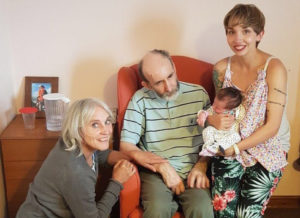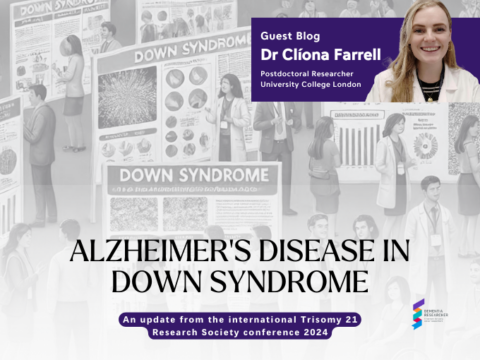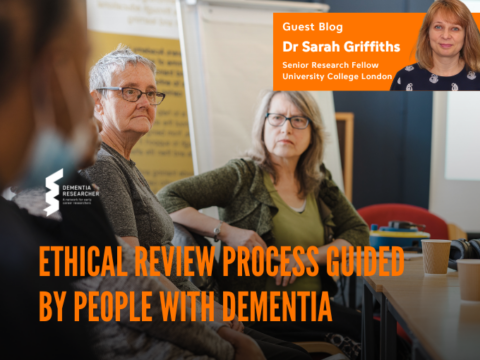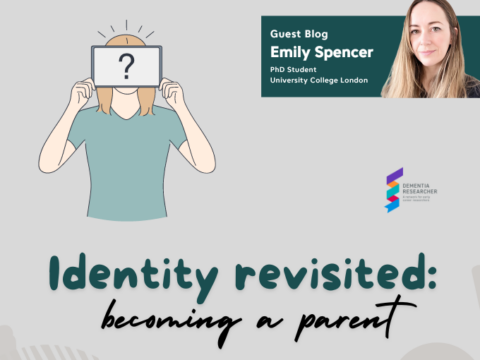 The impact, relevance and efficiency of health research can be significantly enhanced and enriched using a public participatory approach. Public and patient involvement (PPI) in dementia research has become increasingly common since 2012 but, do we know how to properly report our PPI practice?
The impact, relevance and efficiency of health research can be significantly enhanced and enriched using a public participatory approach. Public and patient involvement (PPI) in dementia research has become increasingly common since 2012 but, do we know how to properly report our PPI practice?
A recent scoping review by Miah et al. 2019 in BMC Geriatrics explored the way we carry out PPI in dementia research in Europe. The authors found 19 studies from the UK and 1 from the Netherlands meeting inclusion criteria. The analysis of results revealed that researchers from the selected studies used PPI for several purposes, for instances, to identify research priorities, contribute to the research design and management and even in data analysis and interpretation. Have you ever involved your PPI group in the interpretation of your data? Me neither, but I will from now onwards! The authors also found a lot of variability in the terms used to refer to PPI across studies (e.g. PPI, co-researchers, user involvement), the kind of members of the public involved (e.g. patients, partners, other members of the public), and the terms used to describe PPI activity (e.g. workshops, meetings, voiceover group meeting, participatory approach). Amid all this variability and lack of consensus, it is therefore not surprising that they found only 3 studies that formally evaluated the impact of PPI in dementia research. These studies used questionnaires, surveys, semi-structure interviews and focus groups to assess the impact of involvement in the different stages of the research process and to capture the perspectives of the participants on the benefits of being part of a PPI group.
Best practice guidelines and a systematic reporting system for PPI is crucial to guide future research and prevent ineffective application of PPI and waste of research resources (PPI is time consuming!). GRIPP2 is an international evidence-based guidance for reporting PPI in research. There are 2 forms of GRIPP2: GRIPP2-LF, which constitutes a long list and is intended to assist projects where PPI is the main goal of the study, and GRIPP2-SF, for studies using PPI, but not focusing on it as primary outcome. The short form requires information about:
- The aim of your study (e.g. developing a tool to support self-confidence in people living with cognitive communication difficulties)
- A clear description of the PPI methods used (e.g. interviews, focused groups, questionnaires, etc.)
- The results – this is about the outcomes of your PPI in the study, no the study itself (e.g. PPI members gained understanding of the research process, researchers gained new insights into relevant care pathways, etc.)
- Discussion and conclusions – how did PPI influence your study overall? Which were their positive and negative effects?
- Reflections – what can others learn from your experience? Reflect on your pitfalls as well as on things that went well.
 GRIPP2 it’s not perfect and has received criticism for lacking standards for, 1) reporting the quality of the PPI (evaluation methods) and 2) quantifying the impact of PPI (on those involved and the research process itself) but still remains an excellent tool to register and report your PPI activity. And also, you can add those 2 sections to your report as did Miah et al., 2019
GRIPP2 it’s not perfect and has received criticism for lacking standards for, 1) reporting the quality of the PPI (evaluation methods) and 2) quantifying the impact of PPI (on those involved and the research process itself) but still remains an excellent tool to register and report your PPI activity. And also, you can add those 2 sections to your report as did Miah et al., 2019
My own work is developed as part of Work Package 5 (WS5) of the @RDS_ImpactStudy, a project conducted at the Dementia Research Centre in UCL. This WS5 is about developing a support package for people with atypical Alzheimer’s disease and Frontotemporal dementia and I have a group of Experts by Experience (EBE) supporting me to achieve this. I have done coproduction often in the past, but this time I am determined to take this to the next level and involve my PPI group in all stages of the research process and to document their involvement rigorously. I have elaborated a template following the GRIPP checklist and I annotate the details of every interaction I have with the members of my EBE group. Following these guidelines is giving me confidence in my PPI practice and the opportunity to reflect on a wide range of issues along the way ,so I highly recommend its use. Are you also systematically recording your PPI activity using GRIPP2?
Author
Dr Aida Suarez-Gonzalez is a Clinical Neuropsychologist and Research Associate at the Dementia Research Centre, UCL Institute of Neurology at Queen Square. With many years clinical experience working in Spain, Aida now investigating non-pharmacological interventions, services and assistive technologies to support people living well with dementia.

 Print This Post
Print This Post




